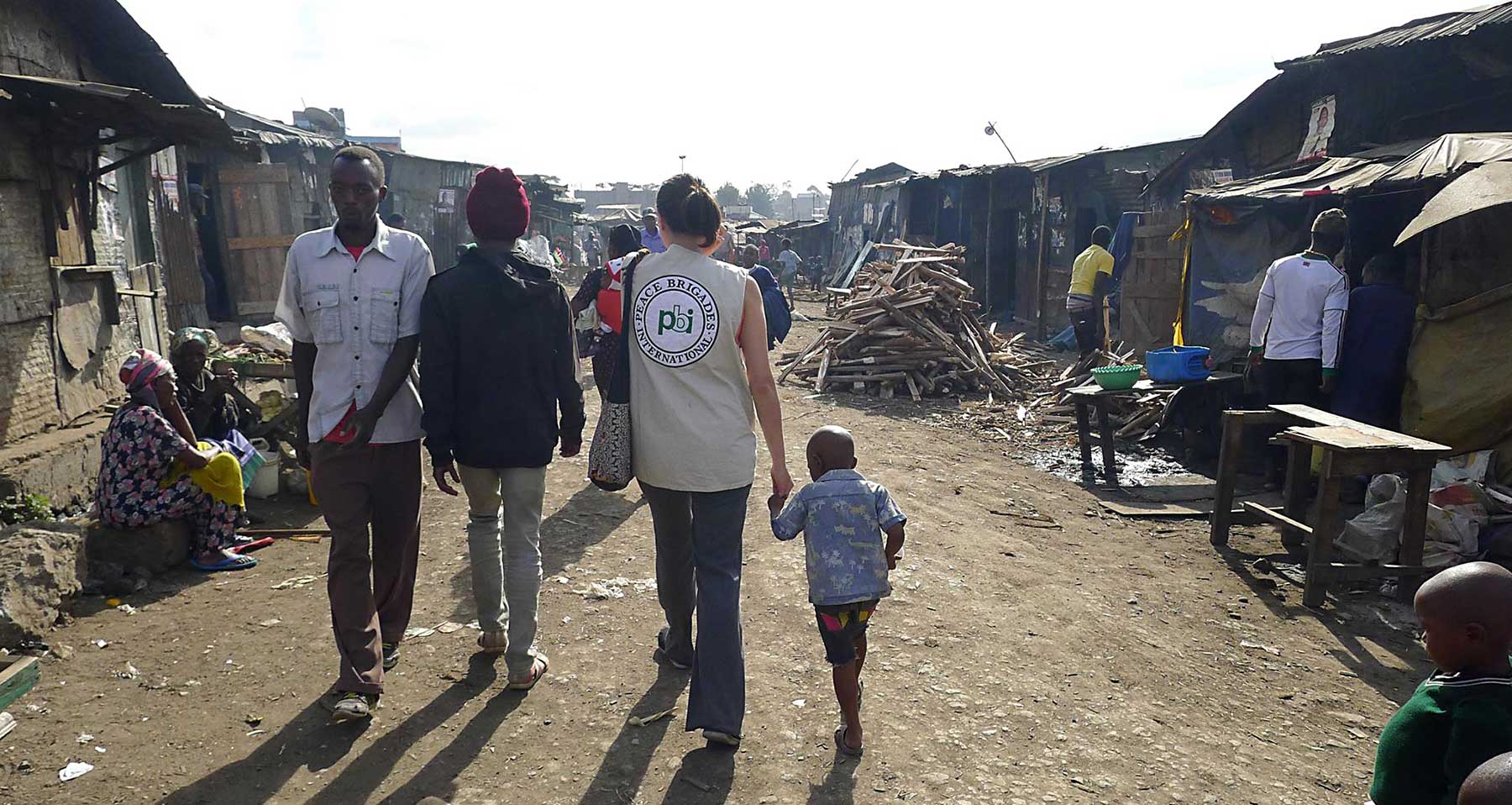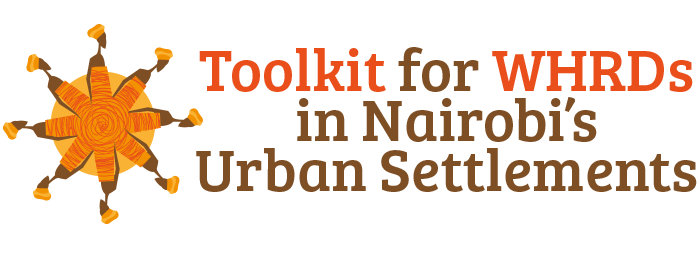Equipping Women Human Rights Defenders

There are no simple solutions or universally acknowledged benchmarks on how to best protect and safeguard Women Human Rights Defenders as the challenges, although similar, are highly contextual and require contextually appropriate solutions. However, it is clear that the approach needs to be multi-faceted, addressing the root causes of continued discrimination, which causes risks specific to WHRDs. Such an approach has to aim at changing the ideology and assumptions of perpetrators, creating structures and institutions in society that are able to provide equal protection to all citizens regardless of their sex. Moreover, individual WHRDs need to fully understand the risks involved in their work and have a proactive mind-set aimed at ensuring they are positioned to pre-empt those risks and take decisive action when these risks/threats become reality.
This toolkit seeks to provide and equip Women Human Rights Defenders in Kenya, specifically those in urban settlements, with knowledge and information to be able to take action whenever their security and wellbeing is undermined in the course of their work.
On-going international campaigns on various platforms for WHRDs are good attempts to create change collectively. These efforts emerged out of networking efforts between women’s rights groups and human rights organisations, thereby bringing together expertise and motivation from different backgrounds. These international campaigns focus on defenders that are at risk because of their sex and/or gender identity. National and international efforts need to go hand in hand, using the strength of an international movement to initiate and push for change while still taking into consideration national and local contexts. Such national efforts require a high level of self-organisation on the part of WHRDs.
On a national level, one of the challenges is to bring WHRDs together to identify the obstacles they face because of their work and their sex. These kinds of assessments need to happen with reference to the existing social, legal, political and cultural frameworks within which WHRDs operate and which at the same time determine their discrimination and vulnerabilities. Only by a clear analysis of the root causes of discrimination and insecurity can meaningful instruments for change be developed. National consultation meetings such as those that were held in Togo and Nepal[1] can be one option to bring together Kenya’s WHRDs for analysis and strategic planning. However, it appears crucial to involve the wider national human rights movement in any action either as the target for campaigns or as a partner for change. Creating general acceptance and support among the wider Human Rights Defenders movement on the validity of WHRDs’ claims to be recognised as equal partners in the defence of human rights should be one of the objectives.
The Kenyan state, being a signatory to the UN Declaration on Human Rights Defenders, should be vigorously lobbied through individual and organisational activism to acknowledge and address the plight and vulnerabilities of HRDs in general and WHRDs specifically.
Legal reforms are not a magic bullet however. They need to go hand in hand with targeting the mentality and structures that help to perpetuate current inequalities and notions of masculinity and femininity. WHRDs’ continuous difficulties experienced within their own communities and families because of their work call for additional measures targeting beliefs sanctioned by tradition and culture. Therefore, taking campaigns and sensitisation efforts to communities is essential.
Besides the lobby work described above, WHRDs on the ground face very particular risks in their work and their capacity to ensure their own security has to be built up. Capabilities and protection measures developed by WHRDs themselves, as well as those offered by state and non-state actors, are apparently not sufficient to deal with threats. Some of these are:
- Self-protection and support networks: There are no functional, helpful national or regional networks. WHRDs have developed varying levels of self-protection and networking strategies, resulting in the emergence of local networks to provide some support and solidarity. Some WHRDs have fostered contacts with the local media, lobbying them to be responsive to human rights issues.
- Limited capacities and skills: WHRDs in the informal settlements feel they lack the skills to be effective in their duties, although they are passionate about and dedicated to their work. They feel that those with the skills and leadership capacities are often co-opted into the mainstream, becoming upwardly mobile and leaving the settlements, resulting in gaps in the WHRD networks. Other leading WHRDs have been forced into exile or silence, with the same result. WHRDs also pointed to the difficulty in obtaining funding, mainly due to inability to write technical funding proposals and the lack of qualifications required by donors. Finally, some WHRDs noted that although they had created a security plan, they lacked the resources to carry it out and therefore had limited security measures in their offices and homes.
[1] Reports of the Nepalese and Togolese consultation meetings and similar events can be found via http://www.defendingwomen-defendingrights.org/actions.php
Responsibility for the information and views set out in this Toolkit lies entirely with the authors.
